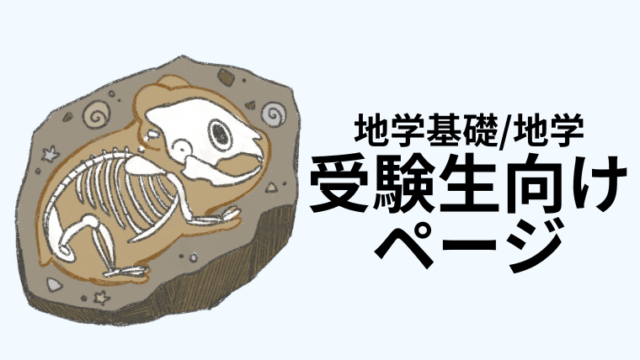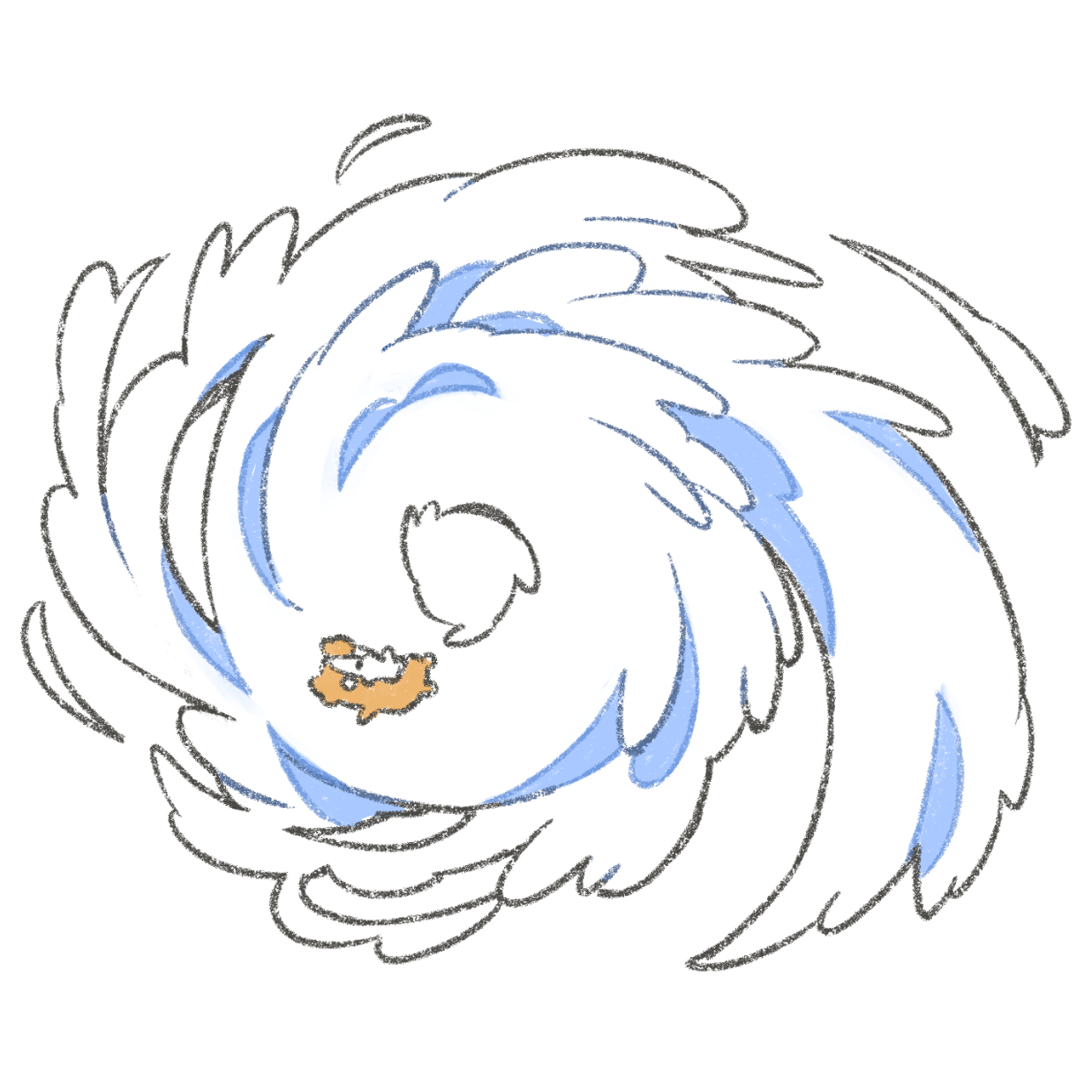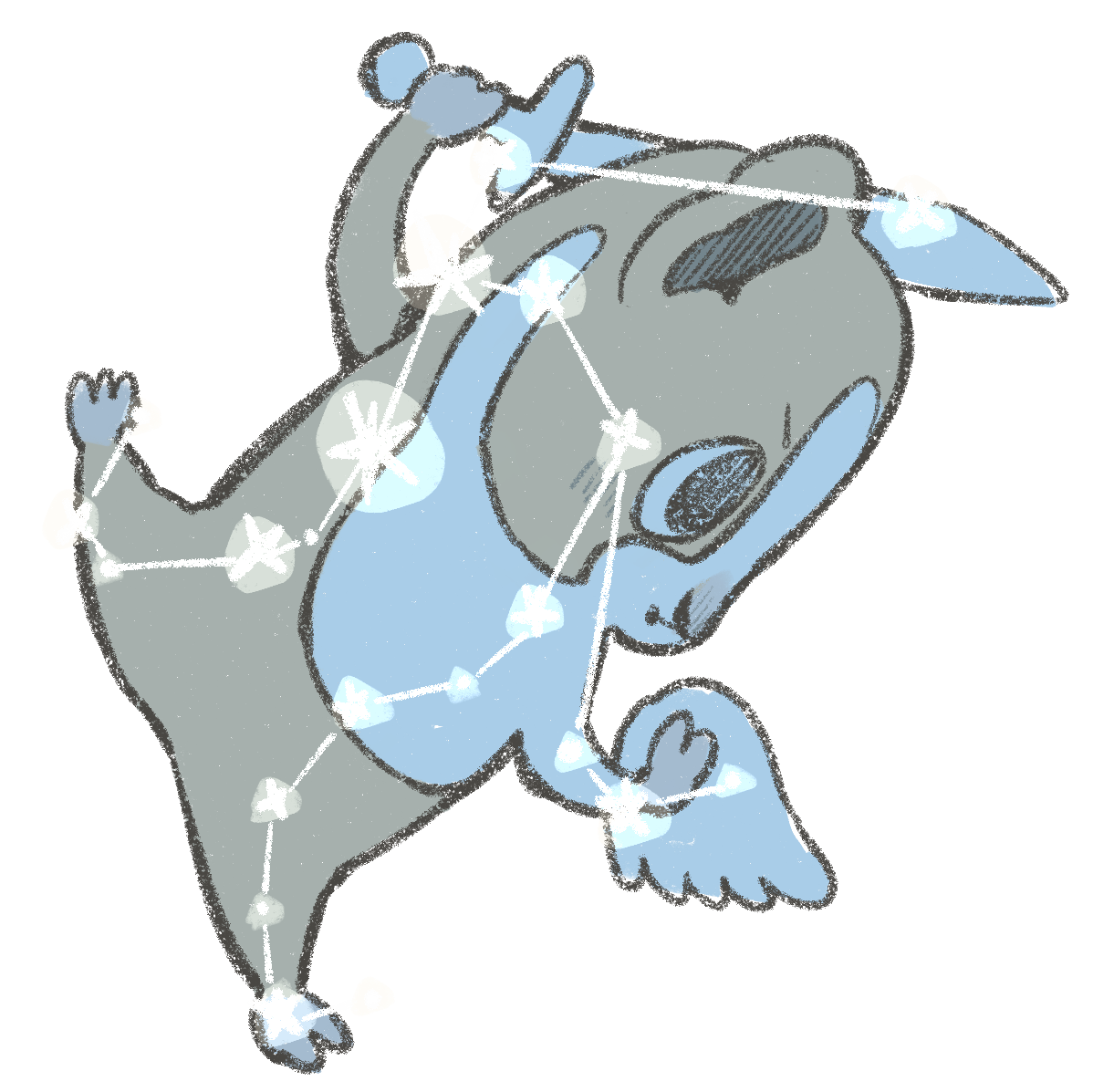スポンサーリンク
Chi-ga kun
Hakase! Around May or June, we often hear the term “Tsuyu (the rainy season in Japan) in the weather news, but when does the rainy season begin?
Hakase
What happens during the rainy season is an essential piece of knowledge when it comes to weather.
Okay, this time I will explain how the Tsuyu season works!
Okay, this time I will explain how the Tsuyu season works!
The “rainy season” with its long, drenching rains.
I think there are many people who don’t know much about the mechanism of the Tsuyu season!
This article will help you understand the mechanism of it.
Let’s learn about the rainy season with the guinea pigs!
Contents
スポンサーリンク
There are four air masses around Japan
Hakase
To understand the Tsuyu, let’s first review the four air masses around Japan!

Chi-ga kun
An air mass is a mass of air with similar properties, right?
Hakase
Exactly!
Those are the two things that cause “Tsuyu”!
Chi-ga kun
Is there any relationship between these four air masses and Tsuyu?
Hakase
Yes, there are.
Of the four air masses I mentioned earlier, the Okhotsk Sea air mass and the Ogasawara air mass are responsible for the Tsuyu season.
Of the four air masses I mentioned earlier, the Okhotsk Sea air mass and the Ogasawara air mass are responsible for the Tsuyu season.

Chi-ga kun
So the rainy season is caused by the Okhotsk Sea air mass and the Ogasawara air mass!
Hakase
This is true.
These two air masses develop during the rainy season in early summer.
These two air masses develop during the rainy season in early summer.
A rainy season front forms at the boundary.
Hakase
Here, I would like to remind you of the way the front is formed.

Chi-ga kun
When air masses, which are air with different properties, bump into each other, a boundary surface is formed. The point where the surface of the earth crosses the boundary surface, you call that a front!
Hakase
Yes.
As we have seen here, different air masses, the Okhotsk Sea Air Cluster and the Ogasawara Air Cluster, clash with each other to form a front in early summer.
As we have seen here, different air masses, the Okhotsk Sea Air Cluster and the Ogasawara Air Cluster, clash with each other to form a front in early summer.

Chi-ga kun
Why do fronts during the rainy season become stagnant fronts named “rainy season fronts”? There are many other types of fronts, such as cold fronts and warm fronts, right?
Hakase
This is because these two air masses have equal strength during the rainy season in early summer.
If the cold air mass is stronger, it is a cold front, and if the warm air mass is stronger, it is a warm front, but in this case, the two air masses are of equal strength, which is why it became a stagnant front!
If the cold air mass is stronger, it is a cold front, and if the warm air mass is stronger, it is a warm front, but in this case, the two air masses are of equal strength, which is why it became a stagnant front!
Chi-ga kun
I see! I got it!
Summary
Hakase
In this article, I explained the mechanism of the Tsuyu. Every year during the rainy season, I hope you will remember this mechanism and share it with others.
Chi-ga kun
I’m glad to see that what we’ve studied so far about the mechanism of the rainy season is still alive! What we’re learning in Earth Science is also communicating with familiar phenomenon!
Hakase! Thank you for today!
Hakase! Thank you for today!
Thank you for reading to the end!
スポンサーリンク






































